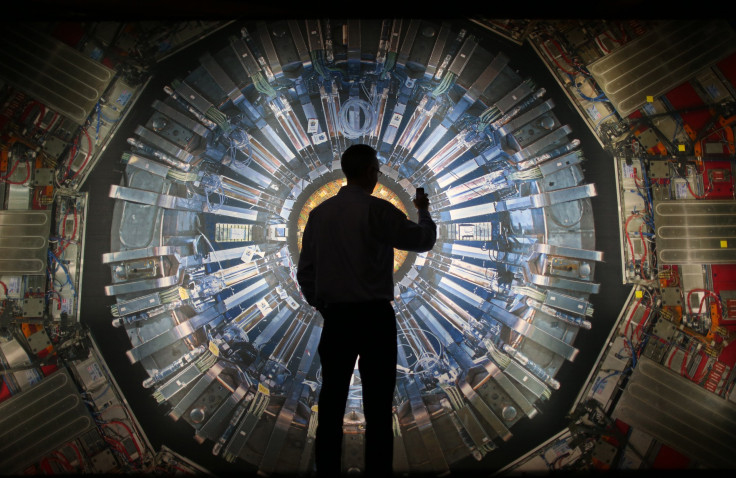CERN To Focus On Developing Cheap Radiation-Tolerant Systems For Spaceflight

CERN, the European Organization for Nuclear Research, is looking to combine two fields of science —aerospace engineering and particle physics. In order to deal with the harsh surroundings in space, CERN is looking to simplify the complex technology requirements to counter harmful space radiation.
According to a press release by CERN on their website, they are looking to use their testing facilities to test and develop technologies for high-energy physics. Miniaturized satellites called CubeSats, whose components are typically made using commercial off-the-shelf components, were conceptualized to cut down the cost of developing space ready equipment.
According to the release, the CERN Latch-up Experiment Student Satellite (CELESTA) "intends to develop a miniaturized and space-qualified version of RadMon, a radiation monitor developed at CERN, and to prove that CERN’s High-Energy Accelerator Mixed-Field Facility (CHARM) can be used to test whether products are suitable for low Earth orbit." This CELESTA mission is a collaboration between "the University of Montpellier and this year was selected by ESA’s Fly Your Satellite! programme to be sent into orbit in 2018 or 2019,” the report added.
Radiation is deadly in outer space. Earth has a natural shield in the atmosphere which helps keep the worst at bay. In space, there is nothing stopping this harmful space radiation from bombarding astronauts. NASA currently uses the "TimePix" detectors. This USB-powered device helps track the amount of absorbed radiation. All International Space Station (ISS) missions monitor radiation doses with this device.
"Monte Carlo codes such as FLUKA and Geant4, which were developed and have been maintained by worldwide collaborations with strong support from CERN since their conception, have been used routinely to study the radiation environment of past, recent and future space missions," the report added.
RADECS 2017, the latest annual conference on Radiation Effects on Components and Systems was held for the first time at CERN in October this year. During the conference, CERN detailed the annual European forum on the “effects of radiation on electronic and photonic materials, devices, circuits, sensors and systems. This year’s theme was 'From space to ground and below' referring to the need for radiation-tolerant systems both in space, aeronautical and terrestrial applications and in underground particle physics experiments," the report said.
CERN also explained the dual nature of Magnesium diboride (MgB2). This high-temperature superconductor is currently under development for assisting innovative electrical-transmission lines of the High-Luminosity LHC. The substance is already being touted as an integral component in future space missions. VESPER (Very Energetic Electron Facility for Space Planetary Exploration Missions in Harsh Radiative Environments) which is a part of the CERN Linear Electron Accelerator for Research (CLEAR) facility is a "high-energy electron beam line used for radiation testing and suitable for characterizing electronic components for operation in Jupiter’s environment," said the release.
Space radiation is an important factor for future space missions. Countering it effectively will reduce costs and developmental time enormously. CERN is looking to cut down on these factors by targeting their research on CubeSats and other feasible technology that could effectively counter harmful solar and space radiation.
© Copyright IBTimes 2024. All rights reserved.




















